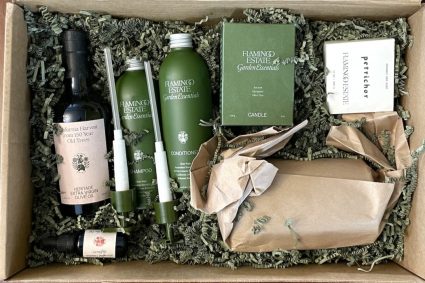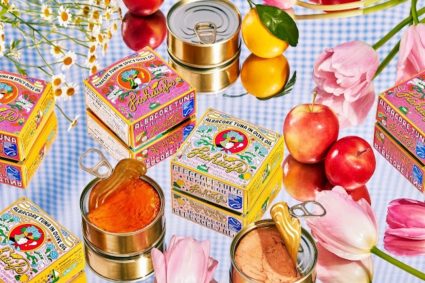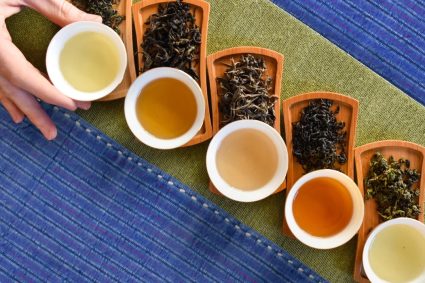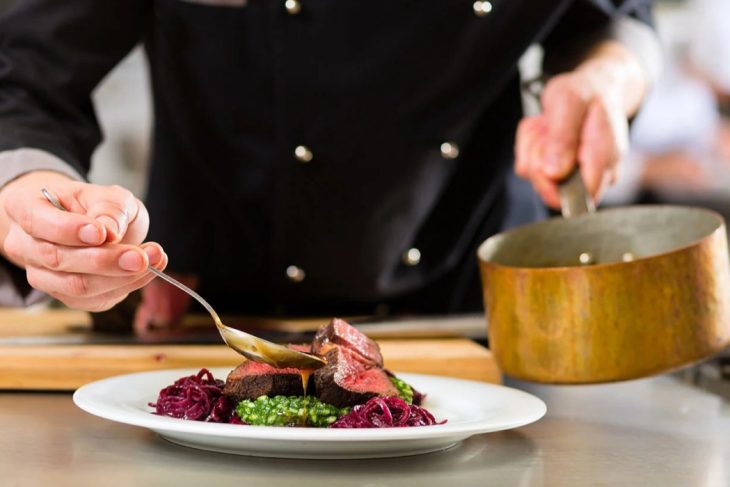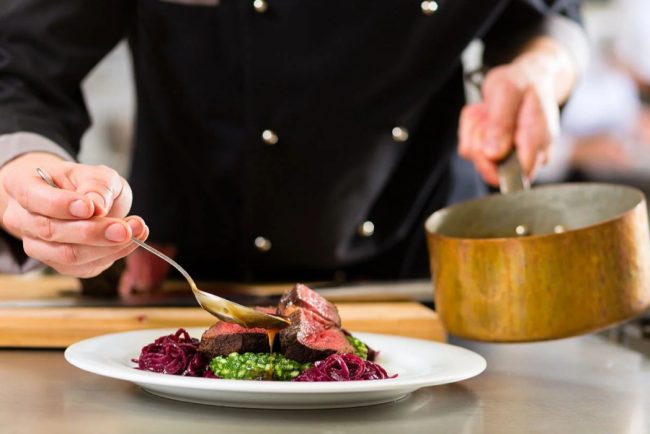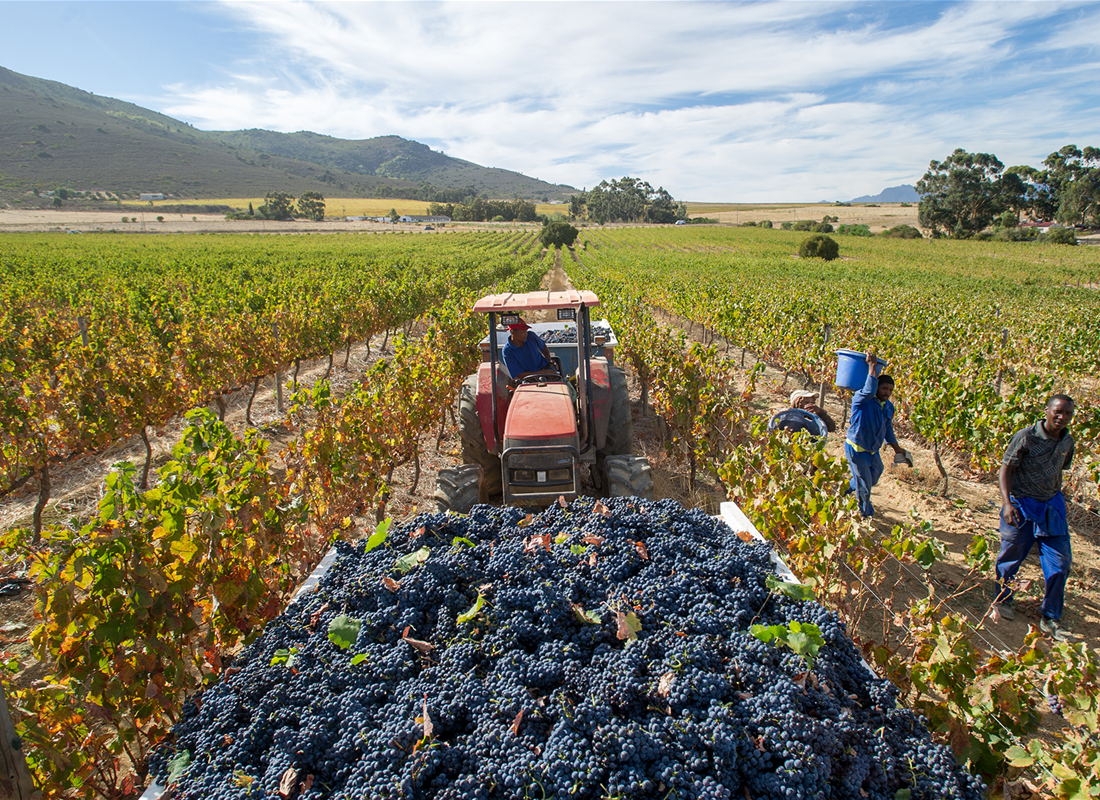
Vineyard concentrate is essentially a grape-like substance created from the pulp inside wine barrels. This type of liquid was used by the Romans to create their wines and is still used in France today.
The process of making it involves taking grapes from the wine barrels, crushing them, and adding other ingredients like salt and water to create a pulp. The mixture is then left to ferment for about a month to produce an alcoholic liquid that can be used for cooking and drinking.
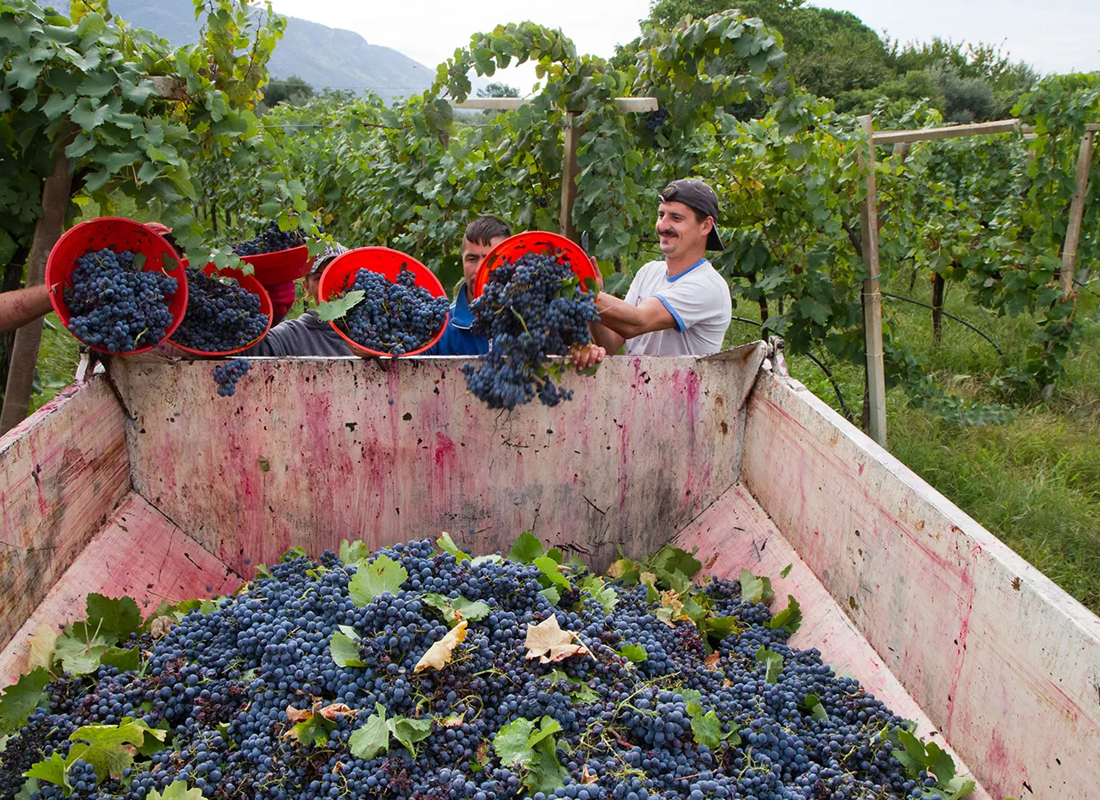
The liquid can also be purchased in stores that include vinegar and other ingredients as additives.
Vineyard concentrate can be used as an alternative to grapes; not unlike how high-quality olive oil can be made without olives.
Vineyard concentrate, also known as “wine pulp”, was originally made by winemakers to substitute for other ingredients, such as crushed grapes. The first use of this type of product dates back to the time of ancient Rome. The Romans called the processed mixture “aqua vitae” (water of life).
It was used in medicinal potions and soups, and also as a cooking ingredient. Aqua vitae was considered to be a valuable food and was used to feed the Roman army.
Although the Romans referred to it as “aqua vitae”, in modern times, countries have named this liquid wine concentrate differently. In Italy, it is called “vinaccia”. It is common in France and Belgium, where it is called “vinasse” or “vinette”.
Vineyard concentrate can be prepared through the process of “destemming” grapes. Traditionally, winemakers would cut off the stems of grapes in a process called “de-stemming”. The stems were then discarded.
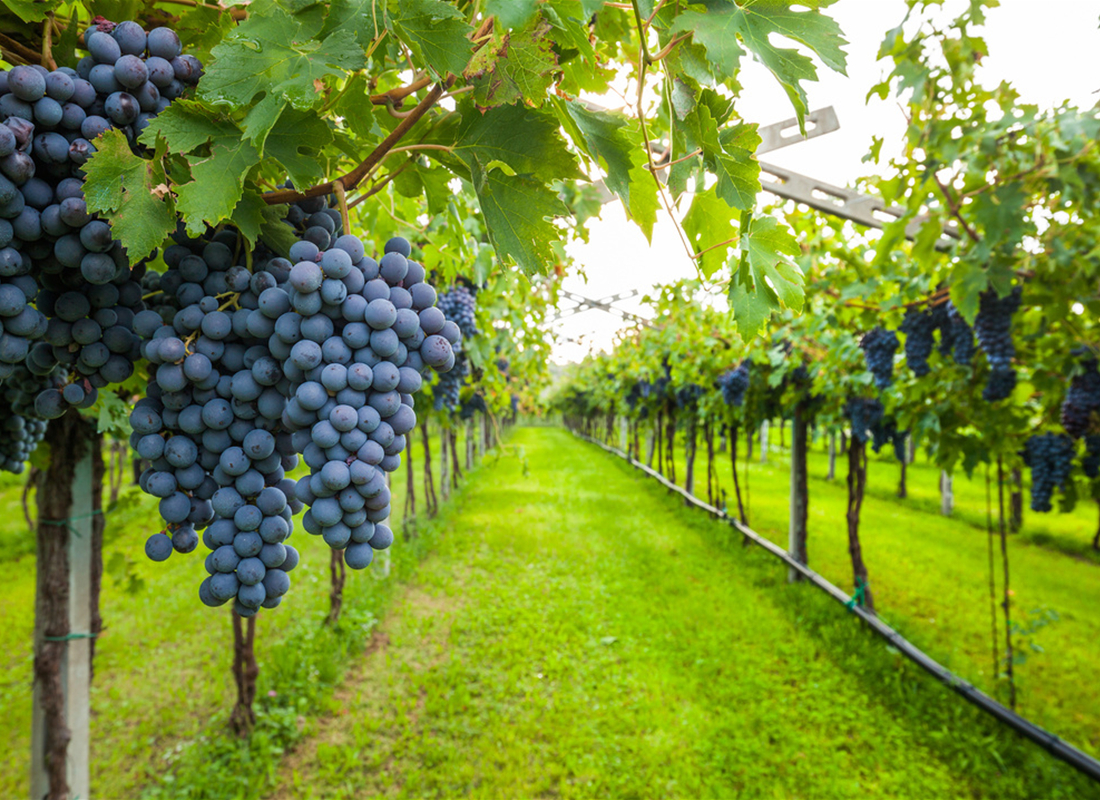
The remaining pulp and crushed grapes were then placed inside a large wooden vat and left to sit for about two months to ferment. The resulting liquid, known as wine must, was thrown into barrels for aging and further fermentation. This process is then repeated for up to seven years.
While the process of aging wine in barrels was done in ancient Rome as well, it wasn’t until the 14th century that wine barrels were first used to store wine.




